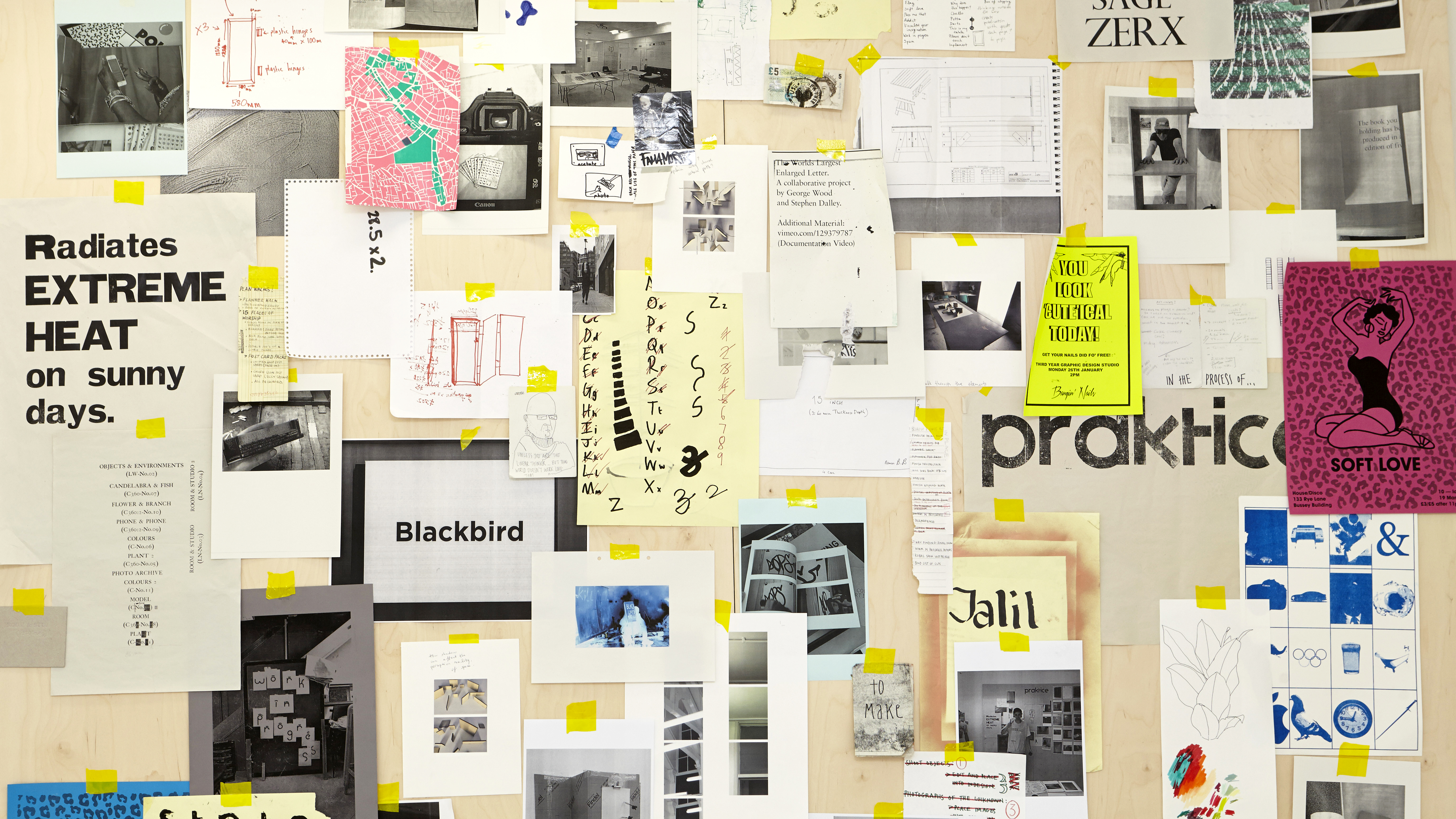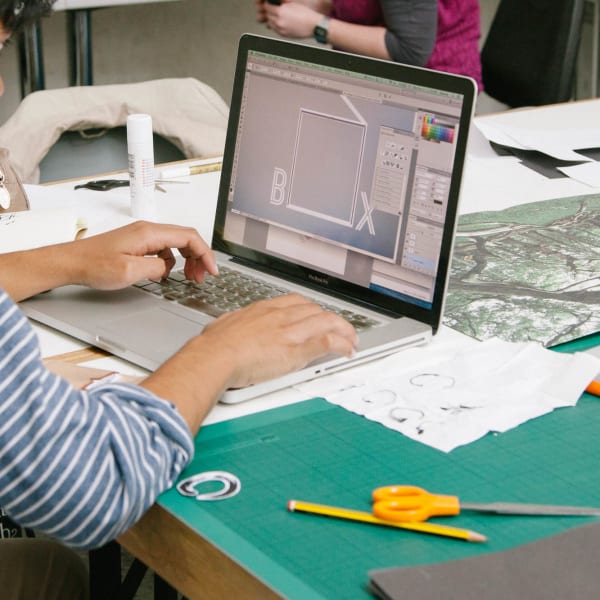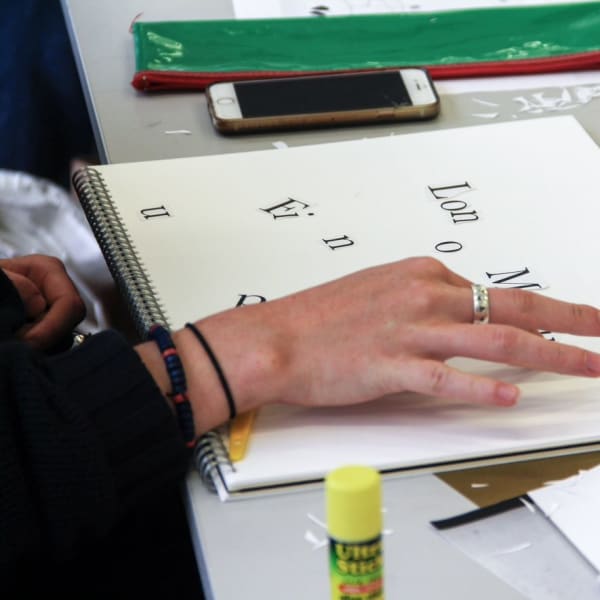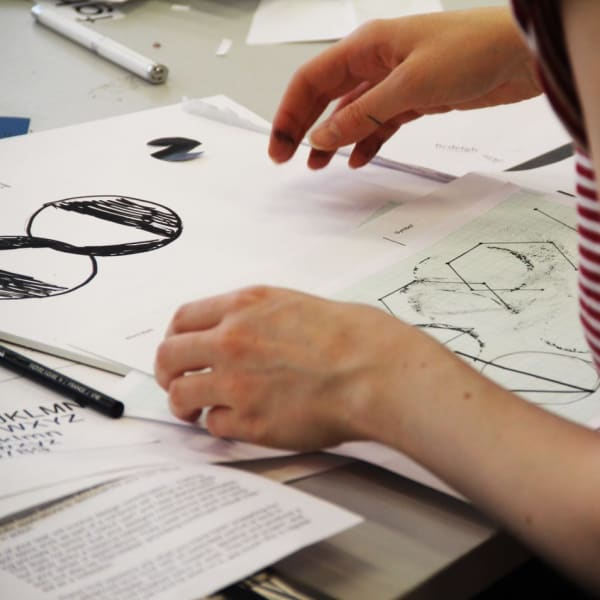Looking to succeed as a graphic designer?
Look no further, here are 10 skills you need to become an accomplished graphic designer – the ones that an employer would be looking to help get you hired and succeed in your graphic design career.
Creativity
The big C. It might seem obvious, but for every discipline that requires the creation of something new, you will need to be creative.
As a graphic designer, you will have to come up with new ideas constantly. No project is the same, all clients and projects are unique.
You will need to provide your clients with fresh ideas that will get them to their goal. You will need to provide your clients with ideas that will get them to their goal. While it’s acceptable to have a style, you don’t want your designs to be the same across the board. Can you imagine designing a similar logo for two different brands? Nope.
And it’s not about ideas alone... with creativity comes the ability to draw, brainstorm, adopt different techniques and communicate concepts through design. Now, we are not here to debate whether creativity is innate or inherent but having a creative mind will help.
If you are struggling to find inspiration, and hitting a “designers block”, read what tutor Ilga has to say about drawing skills and creativity.
If you are looking for a bit more inspiration, check-out how to develop your graphic design skills at home.
Communication and Branding
If you look up “graphic design” you will see it’s defined as the process of visual communication of a concept or idea using typography, photography, iconography and illustration. The keyword being, “communication.”
These communication skills are what will allow you to your idea down in paper. What is more, being effectively communicative with colleagues and clients is the key to being a successful designer.
You will need to be in constant communication with your client, as to understand what exactly they want.
This skill becomes essential for those working remotely. Not being able to be in the same room as your client, will require excellent communication skills on your behalf with a need to explain what you are thinking about.
Another important aspect is branding. Having branding skills is a big plus. There are 5 key parts to a brand’s anatomy: brief, brand strategy, values, ideals and identity. Understanding branding theory and techniques can help you take your designs to the next level.

Time management and Strategy
Most graphic designers have multiple clients and/or projects at once. You will need to complete projects within a deadline and keep track of when projects are due.
Knowing how to time-manage and prioritize is key.
Strategy is important for most jobs. As a graphic designer, every time you get given a brief you will need a strategy on how to tackle it. A typical strategy will include the brief, market research, brainstorming, concept development, key visuals, feedback, etc.
Typography
Typography is all about making text look visually appealing. If you're working as a graphic designer, you should already know the fundamentals of typography.
Most clients need graphic designers to create ads and build their brand. A good font and message will ensure your client is recognised more often.
Technical typography skills refer to anything from picking the right font to typesetting, alignment, kerning and leading. These skills are usually used when working in InDesign but will be relevant for most design programs.
Having a deep understanding of typography will allow you to explain your typography choices based on theory rather than aesthetics. We can teach you all about Typography, curious? Click here.
Digital Design
Although the fundamental skills and concepts of design overlap, traditional graphic designers often lack digital skills. Digital design is probably the most exciting part of the industry.
Digital design is commonly split into User Interface (UI) and User Experience (UX).
UI is focused on visual experience, meaning how the design looks. Meanwhile, UX is focused on usability, how the design works and what the user’s experience is.
As the design industry becomes more focused on digital, UX is becoming more important. Being a graphic designer that can do both, can be highly beneficial. Learn how to create effective visual designs with our User Interface UI and Visual Design Online Short Course.
If you’re a budding professional working in user experience design, check out these short courses:
- User Experience UX Design Online Short Course by Chelsea College of Arts.
- User Experience (UX) Design Online Short Course by London College of Communication.
- UX Design Short Course on-site by London College of Communication.
Print Design
Although digital design is growing, any designer should be able to design for print. Think magazines, posters, leaflets, packaging, books, to name a few.
Designers need to know the two types of printing: offset and digital. Knowing the terminology associated with printing can also help bleed, slug, crop, ink limits, dot gain, etc.
Designing for print also involves knowing your stuff about paper. Sounds boring, but it’s important.
Designing for print and everything associated with it ranks highly in the list of skills needed to be a graphic designer and they ensure that a final printed designer is as perfect as can be—and we all know that being a perfectionist is unofficially part of a designer’s job.

Software skills
Many graduates come out of education without software skills. And that’s fine, as long as you have covered the fundamentals of graphic design, you can learn the rest...
It is unlikely that you will get a junior designer job without a good grasp of Photoshop, Illustrator and InDesign. Lucky for you, we have lots of online crash courses to upskill.
Technology changes constantly, meaning you will need to be on top of it.
The real beauty of InDesign, Photoshop and Illustrator is that they can all be used together seamlessly to create designs—the file types can be opened in the other programs. For this reason, they rank highly in the essential graphic design skills list.
Design principles
They are key in creating any successful design. Let us quickly break down what each one means or how it affects a design:
Alignment: creates a sharper, more unified design.
Repetition: strengthens a design by tying together otherwise separate parts and, as a result, creates associations.
Contrast: is the most effective way to create emphasis and impact with your design.
Hierarchy: creates an organisation.
Balance: provides stability and structure to a design, either through symmetry or tension of elements.
An essential element of any designers’ skill list, the five Design Principles should be used together to create a design that is both visually appealing and properly structured. When used in synergy, the Design Principles ensure maximum legibility and a readers’ comfort in any design.
Check-out our Graphic Design Principles Short Course.
Portfolio management
A designer’s portfolio is arguably their most important tool—it will be used when job searching when pitching to clients and showing off their amazing work to their friends and colleagues. Therefore, being able to properly manage their portfolio and a website is essential for any designer.
Check-out our guide on how to create a graphic design portfolio.
Problem-solving
As well as being a key skill, problem-solving is a key part of what a graphic designer does in their day-to-day working life. Graphic design can actually be seen as one big piece of problem-solving: You’re given a brief by a client, which you can think of as a problem, which you then have to solve using the skills you’ve developed through your graphic design training. Problem-solving actually pops up at several points during the graphic design process. For instance, after you present your design to the client, you’ll be given feedback. You’ll then have to revise your design, so it meets the clients’ expectations. In this example, the problem is the feedback and the solution you have to come up with is the revisions.
Push your boundaries, experiment and see how far you can take your projects. Practice makes perfect!
Read our tips on how to develop your graphic design skills at home.
If you’d like to master your graphic design skills, check-out our wide range of graphic design courses, for all levels!
It's never too early to start. If you are a teen looking to start your journey in the world of design, check out our Graphic Design for Teens Short Course.





